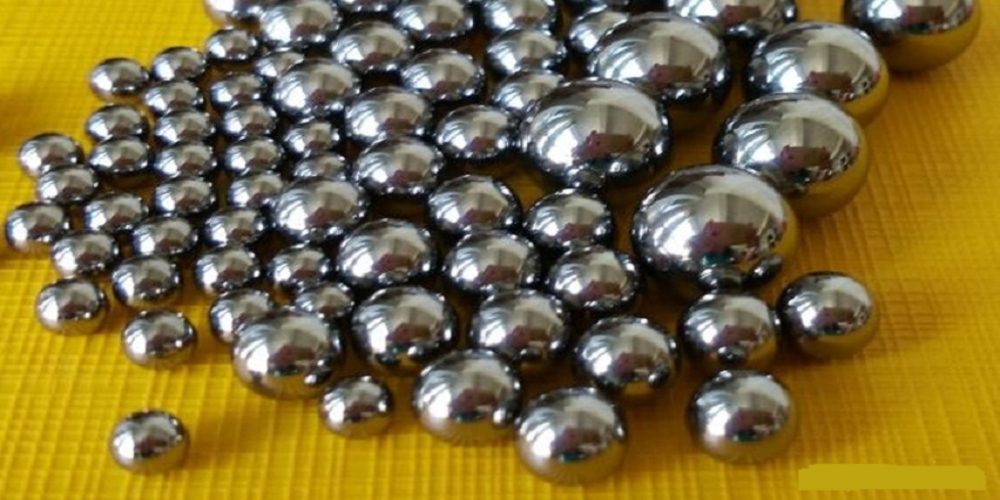A ball formed from tungsten carbide powder combined with binders such as nickel, cobalt, and other metals is often referred to as a hard alloy ball or tungsten carbide sphere. The tungsten ball is well-known for its very high hardness level and resistance to wear, corrosion, and bending. As a result, it is well suited for situations in which it must be provided in very harsh circumstances.
Tungsten Grades
Miller carbide offers two distinct series of grade options, which may be selected according to the many uses of tungsten carbide balls. We recommend using WC-Co grades if there is a need for increased resistance to wear. Grain sizes may vary from 0.4 to 3 micrometres, and the binder content can be anywhere from 6% to 25%. The wear resistance is shown in the following table as a function of the amount of cobalt present.
Performance Regarding Wearing Resistance
In most corrosion-wear scenarios, the WC-Ni grades, which are resistant down to pH 2 to 3, are the best option. These grades keep WC as the challenging phase but replace Ni with Co; as a result, their mechanical and thermal characteristics are comparable to those of the WC-Co grades.
Applications As Well As Classifications
The amount of surface finish is used to categorise tungsten carbide balls, including carbide balls that have been sintered and carbide balls that have been finished. Because of their exceptionally high resistance to wear and stable dimensions, tungsten carbide balls are the material of choice for a wide variety of applications, including grinding.
Uses
Bearings, ball screws, valves, and flowmeters are examples of applications that use tungsten carbide balls because of their high hardness and wear resilience. Gauging and checking are two other use for TC balls.
Corrosion Resistance
Tungsten carbide is almost entirely innocuous; the binder is often the target of any assault. In most cases, the selection of tungsten carbide as the material of choice for its corrosion resistance is not justified due to the lower cost of other materials. The amount of surface finish is used to categorise tungsten carbide balls, including carbide balls that have been sintered and carbide balls that have been finished. Carbides with more corrosion-resistant binders may be given for specialised purposes even when the environment is very corrosive.
Tungsten Carbide Balls With A Standard Fractional Diameter
The designation C1/C2 is often given to the kind of tungsten carbide ball used most frequently. In addition to the vast majority of regular fractional-inch TC balls being readily accessible off the shelf. It is also possible to braze tungsten carbide balls onto a stem or shank, which may be used for valves, gauges, or other use.
Quick and cheap polishing
Ballizing, also known as ball burnishing, is an efficient and affordable method for shaping and polishing metal tubes and holes. In a matter of seconds, you can get the gap to the proper size by pressing a slightly enlarged tungsten carbide ball. The size and the surface polish are relatively uniform as a consequence of this process. Application support is available from Industrial Tectonics.
